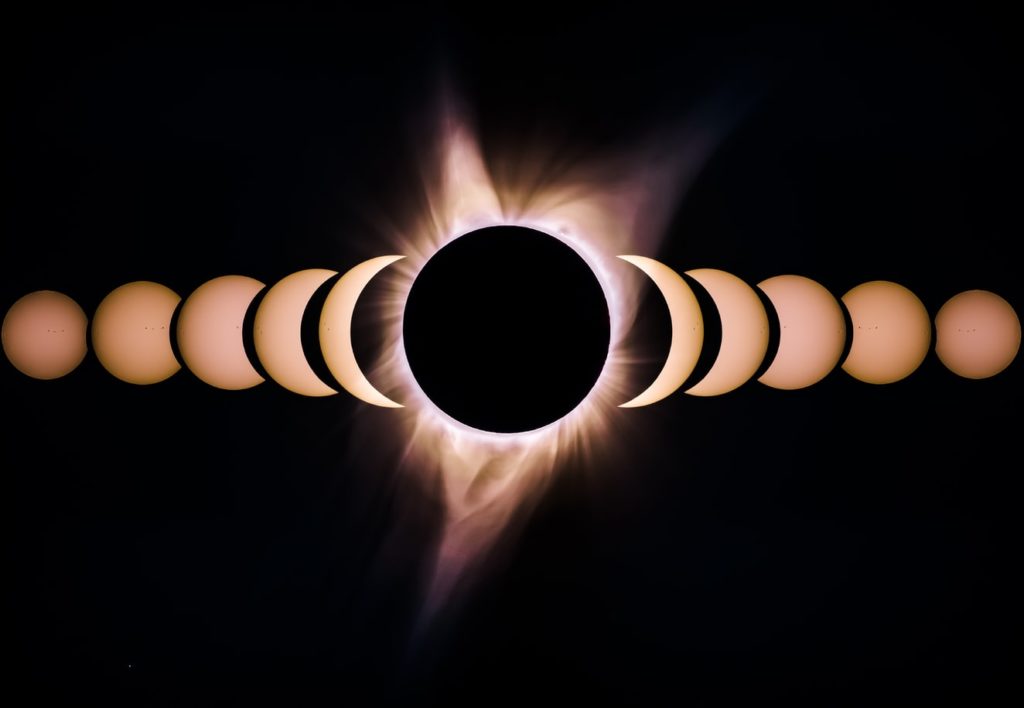Taking a picture of the Sun is a challenge for any photographer.
But photographing the Sun’s atmosphere is on a whole other level entirely.

Yet history was made this week as NASA revealed the first ever pictures of the Sun’s atmosphere, called the solar corona.
And they are about as epic as you would expect them to be. Depicting ejections of coronal streamers, the photo is majestic and stupefying when you consider the scales being depicted in the image.
Describing it for those of who aren't astronomers, NASA blogged: “Coronal streamers are structures of solar material within the Sun's atmosphere, the corona, that usually overlie regions of increased solar activity. The fine structure of the streamer is very clear, with at least two rays visible. Parker Solar Probe was about 16.9 million miles from the Sun's surface when this image was taken. The bright object near the center of the image is Mercury, and the dark spots are a result of background correction.”
The pictures were taken by NASA’s Parker Solar Probe at 16.9 million miles away from the surface of the Sun. The probe, sent to capture up close and personal shots of our nearest star, is named after a living person in another first according to PetaPixel – specifically, University of Chicago professor emeritus and physicist Eugene Parker. It contains a memory card of photos as well as copies of Parker’s foundational work in solar physics and the signatures of 1.1 million people.
For reference, the distance from the Earth to the Sun is about 91 million miles. The probe will get closer to the Sun than any other man made object before it. Traveling at a speed of 430,000 mph (690,000 km/h), Parker will get as near as 4.3 million miles (6.9m km) from the solar center.
NASA wrote on its blog: “The science data from the first solar encounter is just making its way into the hands of the mission’s scientists,” NASA writes. “It’s a moment many in the field have been anticipating for years, thinking about what they’ll do with such never-before-seen data, which has the potential to shed new light on the physics of our star, the Sun.”




